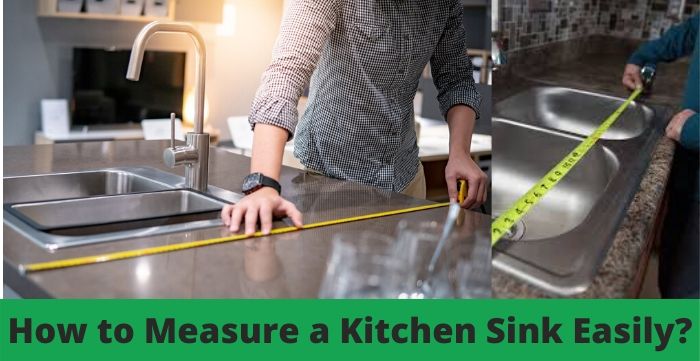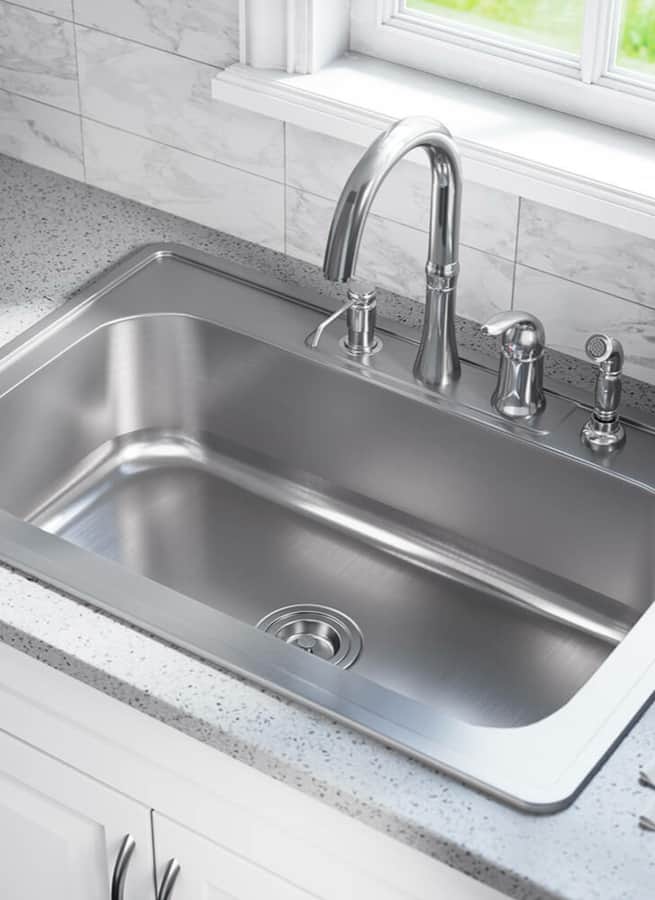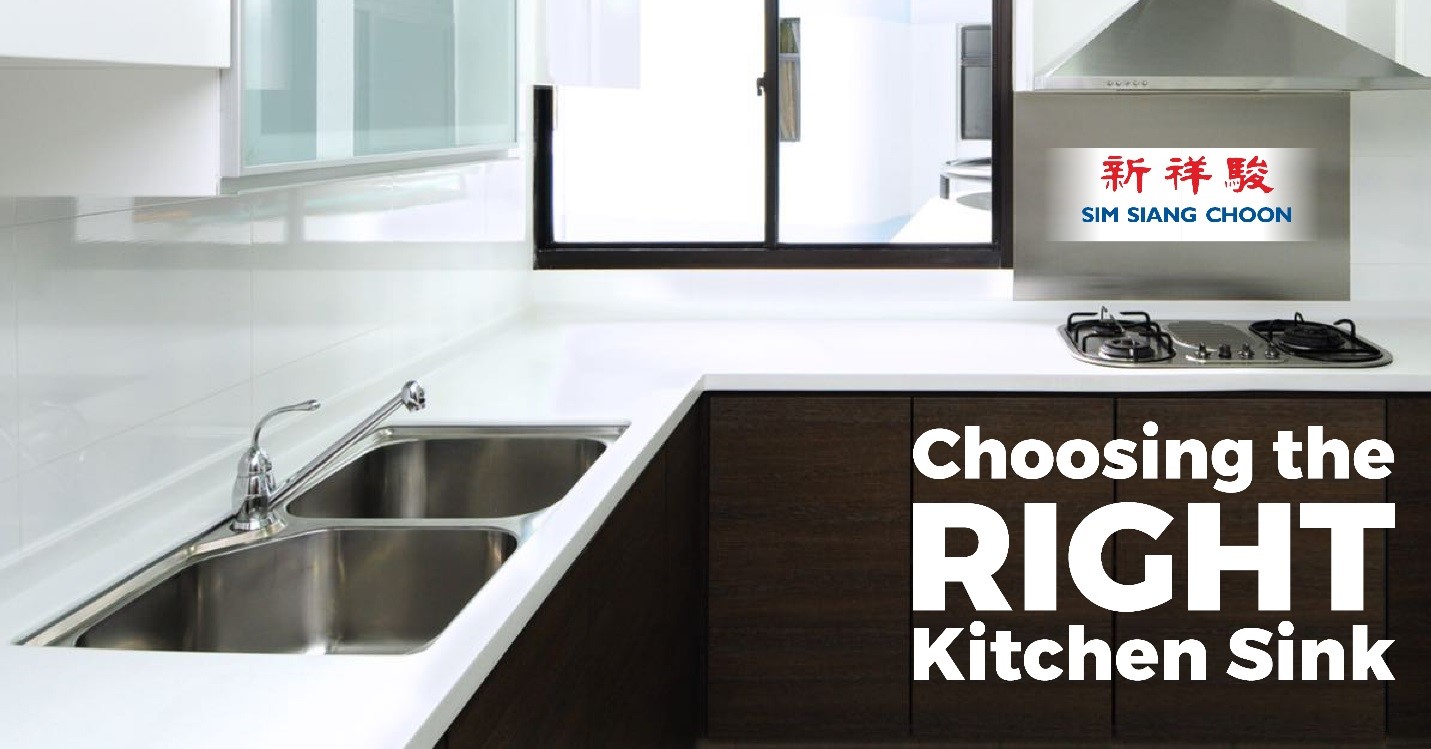When it comes to kitchen sinks, size matters. Not only do you want a sink that fits your space, but you also want one that meets your needs. From washing dishes to food prep, your sink is an essential part of your kitchen. That's why it's important to understand the standard sizes for kitchen sinks to ensure you make the right choice for your home.Standard Kitchen Sink Sizes
Before you can determine the size of your kitchen sink, you need to know how to measure it. Start by measuring the length and width of your current sink. If you're replacing your sink, make sure to measure the opening in your countertop. You'll also want to measure the depth of your sink, as this can vary depending on the style and type of sink you choose.How to Measure a Kitchen Sink
The standard size for a kitchen sink is between 22-30 inches in length and 18-25 inches in width. However, the size can vary depending on the style and type of sink. For example, farmhouse sinks are typically larger and deeper, while undermount sinks may be smaller and shallower.Standard Kitchen Sink Dimensions
Choosing the right size kitchen sink is a balancing act. You want to make sure it fits your space, but you also want it to be functional. Consider how you use your sink and what size would work best for your needs. If you do a lot of dishes by hand, a larger sink may be more practical. If you have a smaller kitchen, a smaller sink may be a better fit.How to Choose the Right Size Kitchen Sink
If you're installing a new kitchen sink, it's important to measure accurately to ensure a proper fit. Start by measuring the width and length of the opening in your countertop. Then, measure the depth of your cabinets to determine how deep your sink can be. Keep in mind that you may need to make adjustments to your cabinets to accommodate a larger or deeper sink.Measuring for a New Kitchen Sink
Determining the size of your kitchen sink goes beyond just measuring the length and width. You also need to consider the type of sink and the style. Drop-in sinks, for example, can have a larger overall size because they sit on top of the countertop. Undermount sinks, on the other hand, may have a smaller overall size because they are mounted underneath the countertop.How to Determine the Size of a Kitchen Sink
To help you choose the right size kitchen sink, here's a quick size guide:Kitchen Sink Size Guide
The standard size of a kitchen sink may vary depending on who you ask. As mentioned, the typical range is between 22-30 inches in length and 18-25 inches in width. However, some manufacturers may have slightly different dimensions for their sinks. It's always best to check the specific measurements for the sink you're interested in.What is the Standard Size of a Kitchen Sink
If you're replacing your kitchen sink, it's important to measure accurately to ensure a proper fit. Start by measuring the length and width of the opening in your countertop. Then, measure the depth of your current sink to ensure your new sink will fit properly. Keep in mind that you may need to make adjustments to your cabinets to accommodate a larger or deeper sink.How to Measure for a Kitchen Sink Replacement
When it comes to choosing the right size kitchen sink for your home, it's all about balance. Consider your needs and the size of your kitchen to determine the best size for your space. And remember, the standard sizes are just a starting point – there may be variations depending on the style and type of sink you choose. With the right measurements and considerations, you can find the perfect kitchen sink for your home.Choosing the Right Size Kitchen Sink for Your Home
The Importance of Choosing the Right Size for Your Kitchen Sink


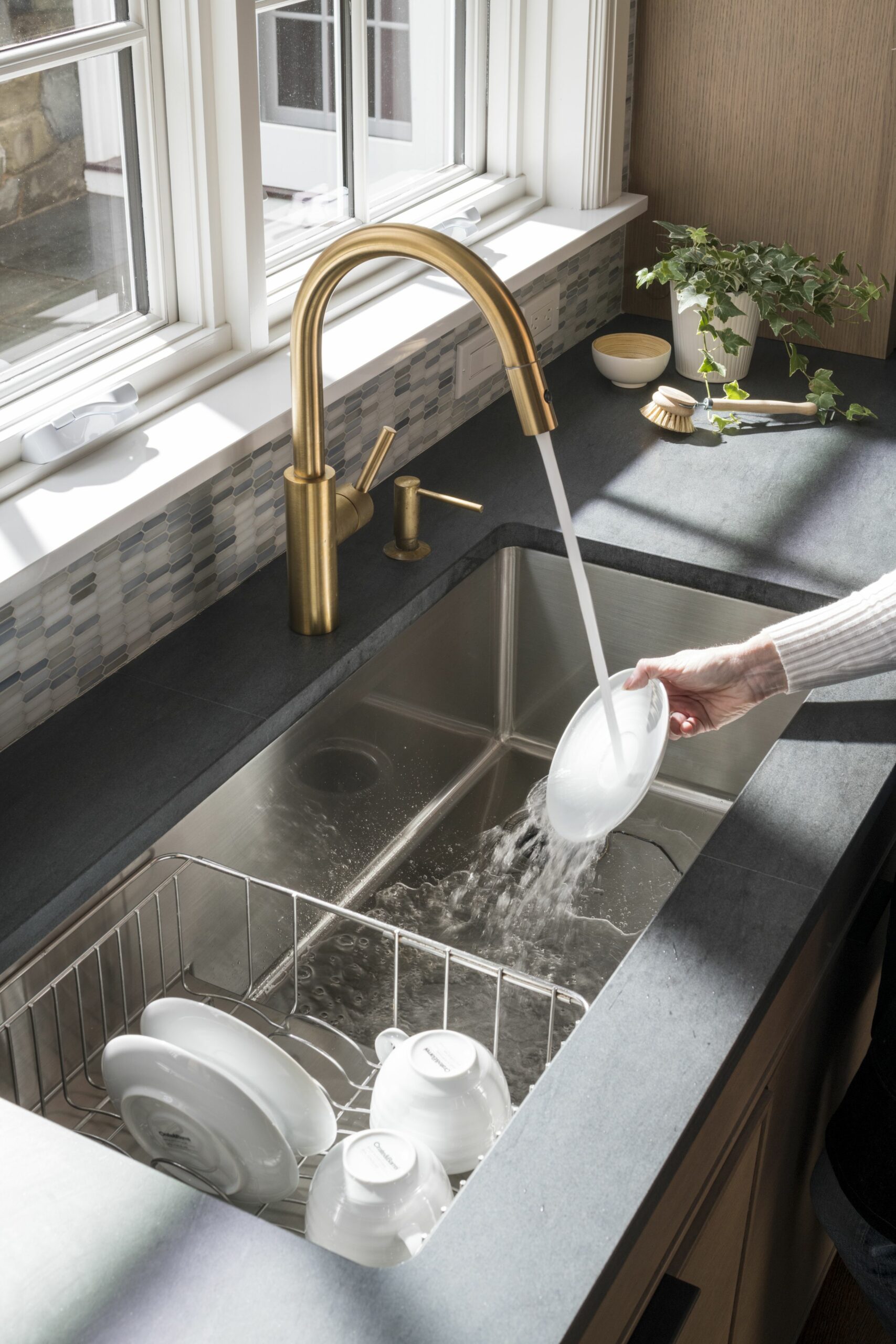











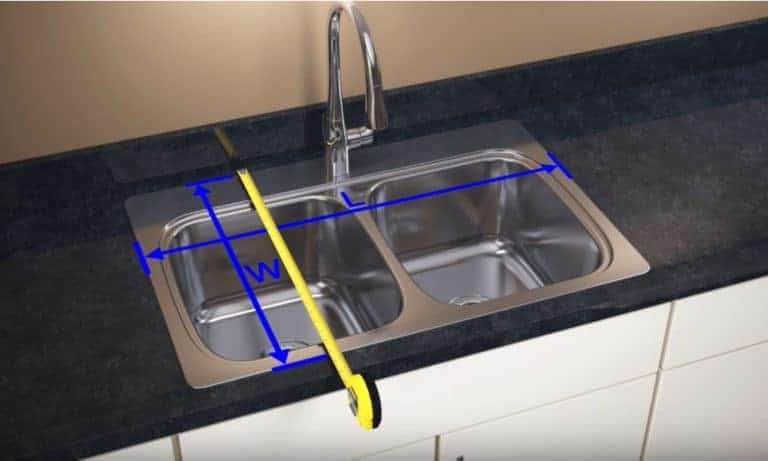






:max_bytes(150000):strip_icc()/best-kitchen-sinks-4801594-jay-wilde-c7cfe5a945f84158a6eef3b25bdec316.jpg)








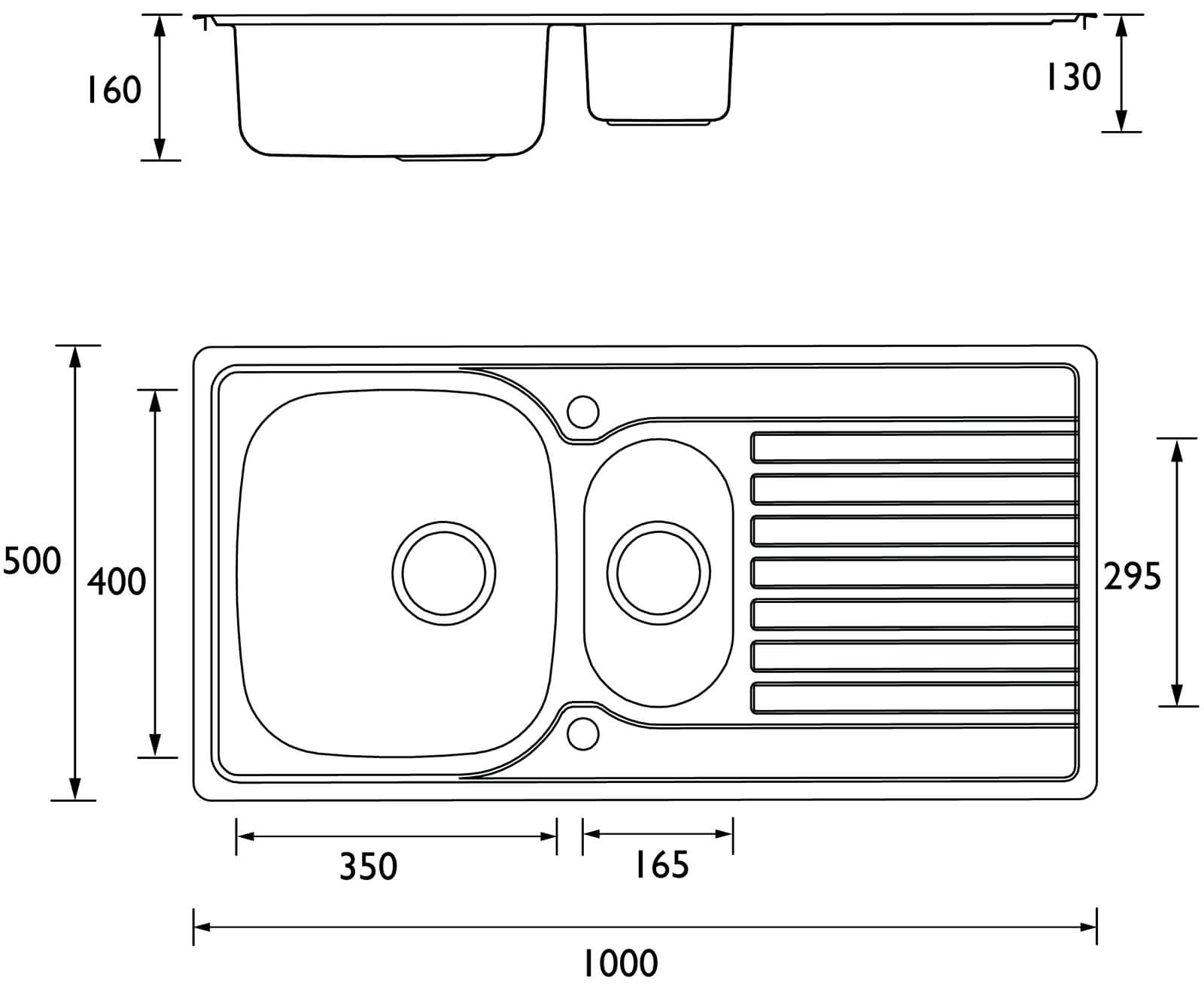


:strip_icc()/classic-kitchen-sink-blue-dish-towel-61ff66b0-fa63adf71885491c88d752ce5ac951e1.jpg)
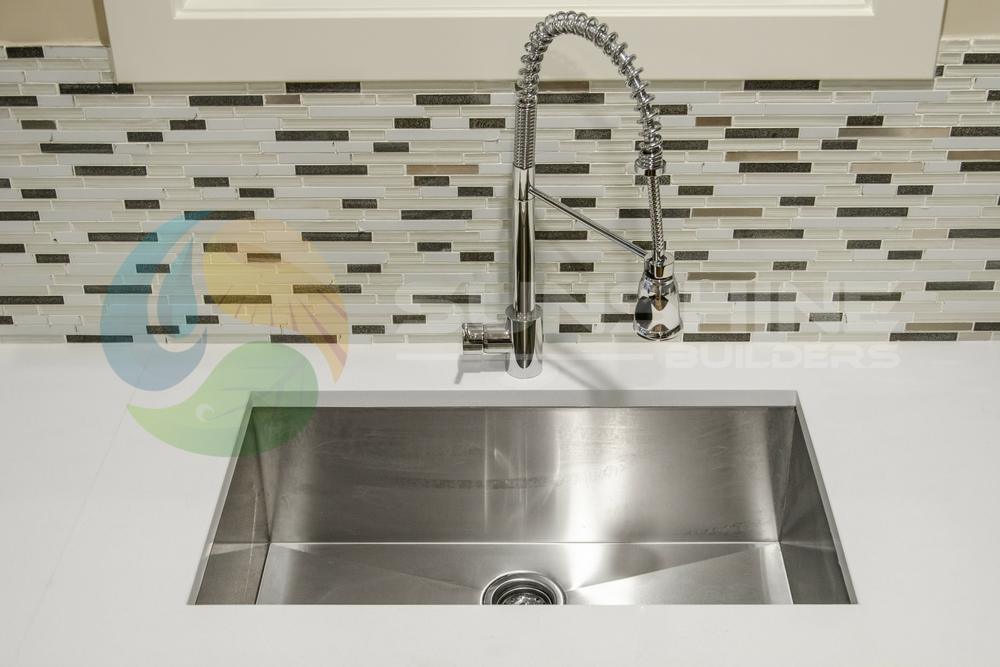





.jpg)




